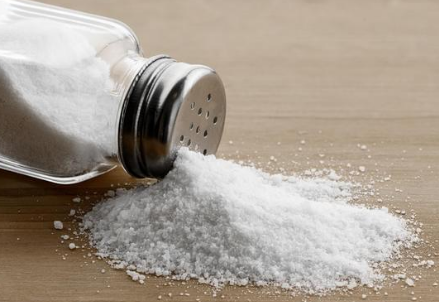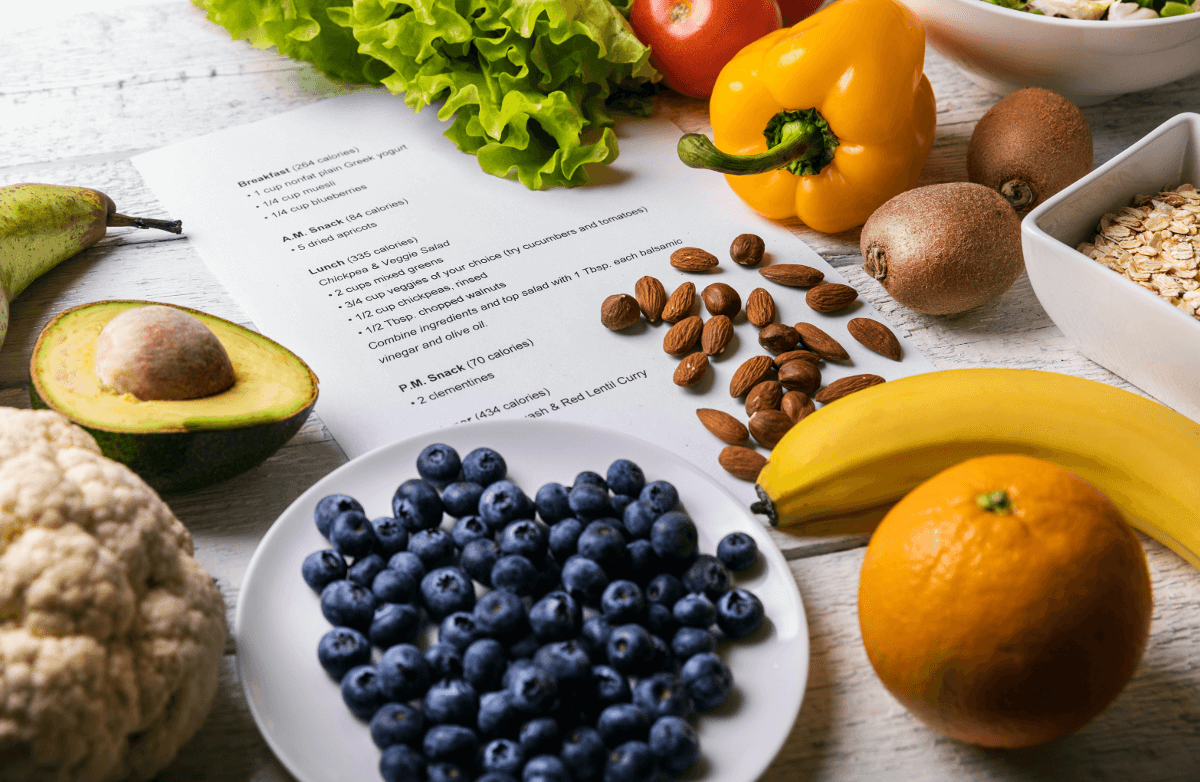
Reducing sodium doesn’t have to mean sacrificing flavor. In fact, cooking without added salt can open the door to a whole world of delicious herbs, spices, and flavor-boosting techniques. As a Registered Dietitian, I often encourage people to explore these strategies to enhance meals while supporting heart health, blood pressure management, and overall wellness.
1. Embrace Herbs and Spices
Fresh or dried herbs and spices are powerful flavor enhancers. Try these ideas: garlic, onion, and shallots sautéed or roasted for a savory depth; herbs like basil, oregano, thyme, rosemary, parsley, cilantro, and dill to add aroma and brightness; spices such as cumin, paprika, turmeric, coriander, cinnamon, and chili powder for warmth and complexity; and citrus zest or juice to brighten flavors. Mix and match herbs and spices to find your favorite combinations. A spice grinder or mortar and pestle can release more aroma and flavor from dried spices.
2. Use Acid to Enhance Flavor
Acidic ingredients can make dishes taste vibrant and full without salt. Consider vinegars like balsamic, apple cider, red wine, or rice vinegar; citrus juice from lemon, lime, or even grapefruit; or pickled vegetables or a splash of brine (without added salt). Acid works especially well in marinades, dressings, and roasted vegetables.
3. Add Umami Without Salt
Umami is the savory “fifth taste” that naturally boosts flavor. Try mushrooms, especially shiitake or cremini; tomatoes, fresh or roasted; nutritional yeast for a cheesy, nutty flavor; or low-sodium soy sauce, tamari, or miso (use in moderation if watching sodium). These ingredients can help satisfy flavor cravings while keeping sodium in check.
4. Experiment with Cooking Techniques
How you cook food can enhance its natural flavors without salt. Roasting or grilling caramelizes vegetables and meats, adding natural sweetness and depth. Sautéing and searing create rich, complex flavors. Slow cooking or braising allows flavors to meld over time. Even simple steaming becomes more flavorful when paired with herbs, spices, or citrus.
5. Use Aromatics and Flavor Boosters
Other ingredients can elevate flavor without sodium. Fresh ginger or garlic, onions, leeks, shallots, or scallions, fresh chili or dried chili flakes for heat, and peppercorns, smoked paprika, or ground mustard all add layers of flavor. Combining multiple aromatics creates meals that are satisfying and vibrant.
6. Rethink Condiments and Sauces
Many store-bought sauces are high in sodium, but you can make your own flavorful alternatives. Try homemade salsa, pesto, or chimichurri; yogurt-based dressings with herbs and spices; or nut or seed butters mixed with citrus or vinegar for savory sauces. This approach allows you to control flavor and sodium content while keeping meals exciting.
Quick Tips for Flavor Without Salt
-
Taste as you go—adjust herbs, spices, and acid gradually.
-
Rotate flavorings weekly to prevent palate fatigue.
-
Layer flavors: combine aromatics, spices, acid, and umami for maximum impact.
-
Use fresh ingredients whenever possible—they naturally contain more vibrant flavors.
Reducing salt doesn’t mean giving up on taste. By exploring herbs, spices, acids, and cooking techniques, you can create meals that are both delicious and heart-healthy. With a little experimentation, your taste buds will quickly adapt, and you may find you don’t miss the extra sodium at all.













